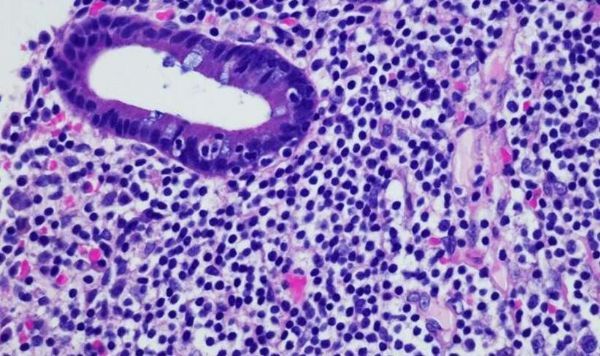Release date: 2017-12-18 Recently, a research report published in the international journal Scientific Reports, researchers from Georgia State University developed a new blood test technology by infrared spectroscopy, or can diagnose lymphoma and melanoma at the same time. The researchers used mid-infrared spectroscopy to analyze the serum from the experimental mouse body, and then successfully distinguished non-Hodgkin's lymphoma and melanoma mice from healthy mice; the mid-infrared spectral region of the electromagnetic spectrum is usually used in Characterization of biological samples at the molecular level. Image source: Georgia State University The researchers say that infrared spectroscopy can detect biochemical changes induced by non-Hodgkin's lymphoma and subcutaneous melanoma, and this technology is expected to be a new type of cancer screening. A number of studies have found that the incidence of melanoma is increasing in many areas. In the past 10 years, the incidence of melanoma in light-skinned people has increased from 3% to 7%. In addition, currently in the United States, non-Hodgkin Lymphoma accounts for 4.3% of all cancers, but current strategies for cancer diagnosis include tissue examination and biopsy, which are very time consuming and expensive, and are invasive procedures. Developing a rapid and reliable detection method for detecting melanoma and lymphoma is very important for researchers because early diagnosis and therapy development of these cancers can effectively improve patient survival; Attenuated Total Reflex (ATR) sampling The Fourier Transform Infrared Spectroscopy (FTIR) technique in the model can provide higher quality and better reproducibility than other vibrational spectroscopy techniques. In previous studies, researchers used ATR-FTIR spectroscopy to develop a simple and rapid blood test for the diagnosis of ulcerative colitis. Researcher Perera said that our goal is to use infrared spectroscopy to diagnose a variety of diseases. In this study we used this technique to successfully diagnose lymphoma and melanoma; although the study was performed on mice, The results may be equally applicable to the human body because mice and humans share a variety of biomarkers and chemicals. In the previous study of colitis, researchers identified specific chemistry in patients and mice. substance. In this paper, using collected lymphoma and melanoma biomarkers, researchers can develop detectors for these specific marker absorption peaks so clinicians can use the technology to test patients' blood samples. In infancy, the doctor will begin to track the patient's blood data and monitor it over time to determine if the patient's blood-related data will change. These data are usually entered before and after the blood sample is compared. In the computer program, the appropriate statistical analysis software is used to determine whether there is a significant difference between the two sets of data. Of course, the doctor does not need to perform such statistical analysis. This study is essential for future scientists to use body fluid samples to develop new diagnostic techniques for the effective diagnosis of melanoma and lymphoma. Future researchers Perera and colleagues will use infrared samples from human patients for infrared spectroscopy for cancer and other The disease is diagnosed effectively. (Bio Valley Bioon.com) Original source: Hemendra Ghimire, Mahathi Venkataramani, Zhen Bian, et al. ATR-FTIR spectral discrimination between normal and tumorous mouse models of lymphoma and melanoma from serum samples. Scientific Reports 7, Article number: 16993 (2017) doi:10.1038/s41598-017- 17027-4 Source: Bio Valley Puyang Linshi Medical Supplies Co., Ltd. , https://www.linshihealths.com